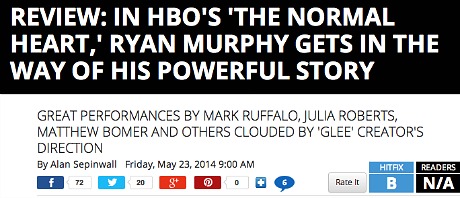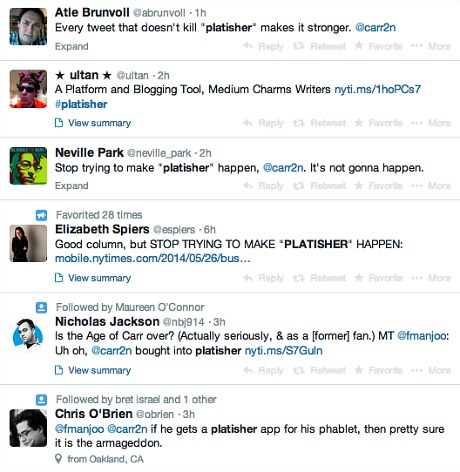The first Annie trailer popped on March 5th or thereabouts. Now we have a newbie, which is smartly cut and rhythmic and so on, but which basically delivers the same spunk and pizazz. We’ll probably see version #3 sometime around Labor Day, and then version #4 in early November. And then it opens on 12.19. So eight more months of this and then the Oscar campaign, which HE, of course, will be delighted to banner. It still looks like spirited wealth porn, which there’s an audience for above and beyond the fans of the stage musical and the 1982 John Huston-directed screen version. As I said before, if the new Annie turns out to be half-decent Quvenzhane Wallis…well, let’s see what happens.







